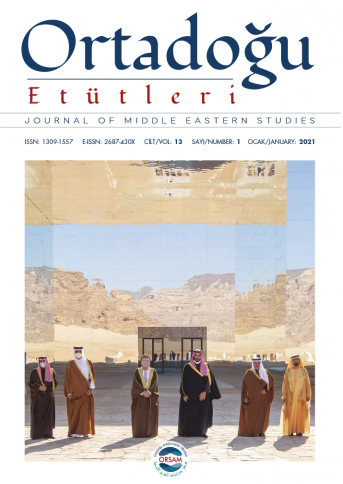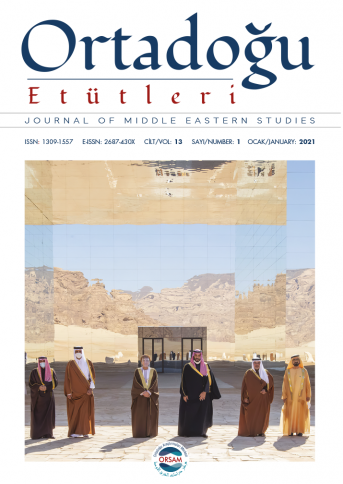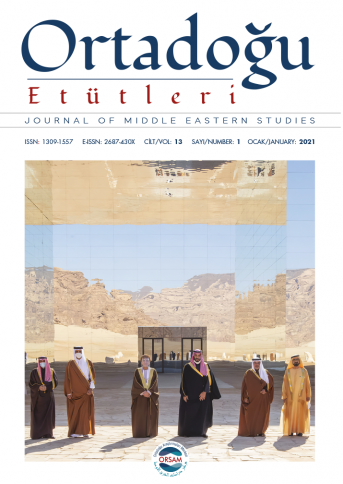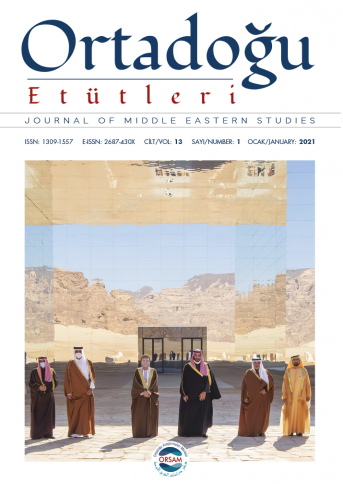
An Analysis of a Claim: African Lawrence
In East Africa in World War I, in Abyssinia and Somalia, both blocs mutually sought to expand their areas of intelligence, propaganda and military gain throughout the war. Adding yet another to the mythical whispers of Britain’s spying attempts was a claim linked to Abyssinia and Somalia. Allegedly, the overthrow of the ruler of Abyssinia, Lij Iyasu, in a coup in 1916 was a British plan. The plan was associated with T. E. Lawrence. The claim was that Lawrence organized it. According to this, in the incident that took place in Harar, the Abyssinian ruler Lij Iyasu was given a turban symbolizing that he had chosen Islam, and the person who gave the turban was Lawrence. But there is no conclusive evidence that Lawrence came to Harar at any time during the war. Regardless of the problem of the truth of the claim, it is certain that a major named Lawrence entered Harar. Here, in order to understand the complex structure of the claim, it is necessary to follow the developments in Abyssinia carefully. In the study, a detailed analysis of the claim is presented using the British official correspondence in the digital archive of Quatar, the Durham University archive’s Sir Reginald Wingate files, the copyright-study works obtained in Turkish and foreign languages that have examined the claim, and the documents obtained from the records of the Ottoman Archive.







